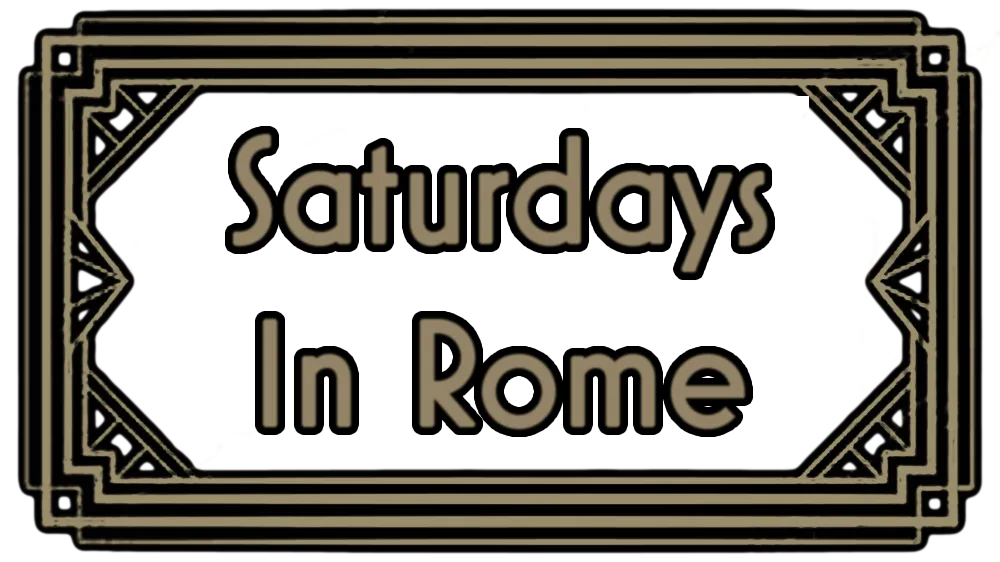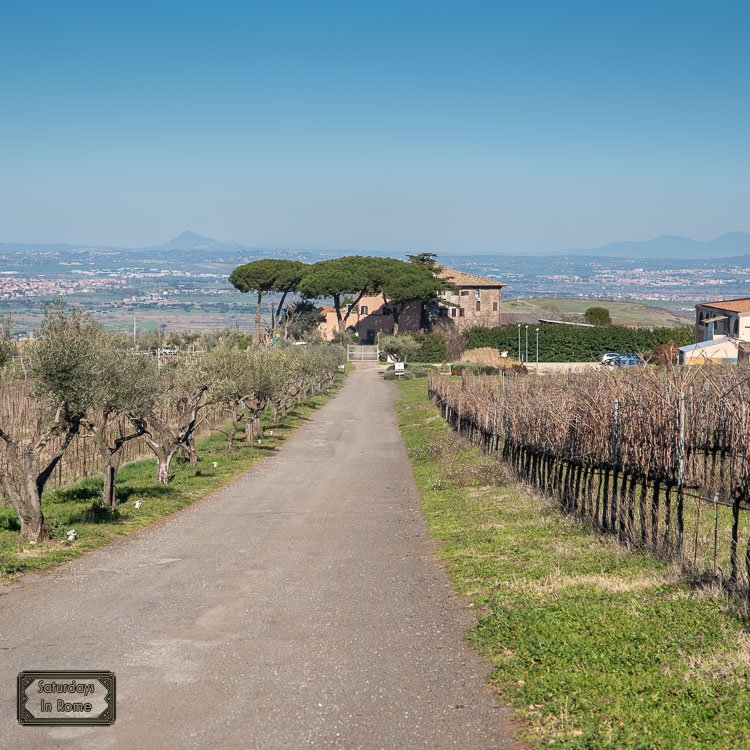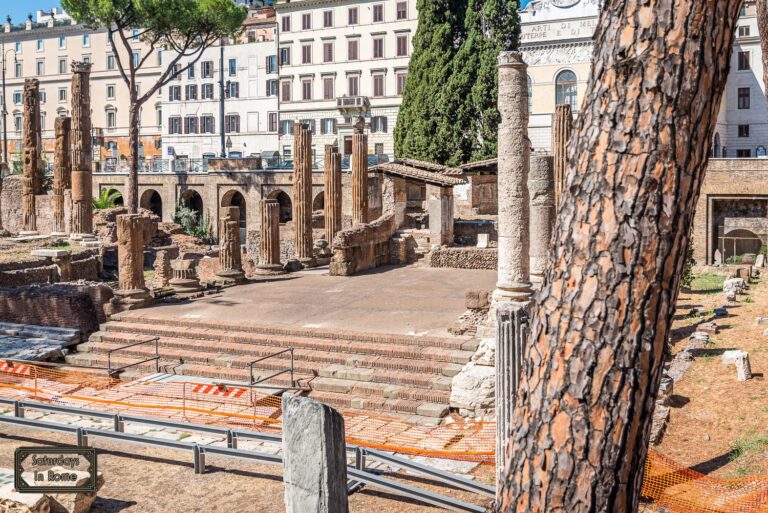The Roman Colosseum: An Icon of The Ancient World
The Roman Colosseum is one of the modern seven wonders of the world and we’ll discuss just a few of the reasons why it is so popular today.
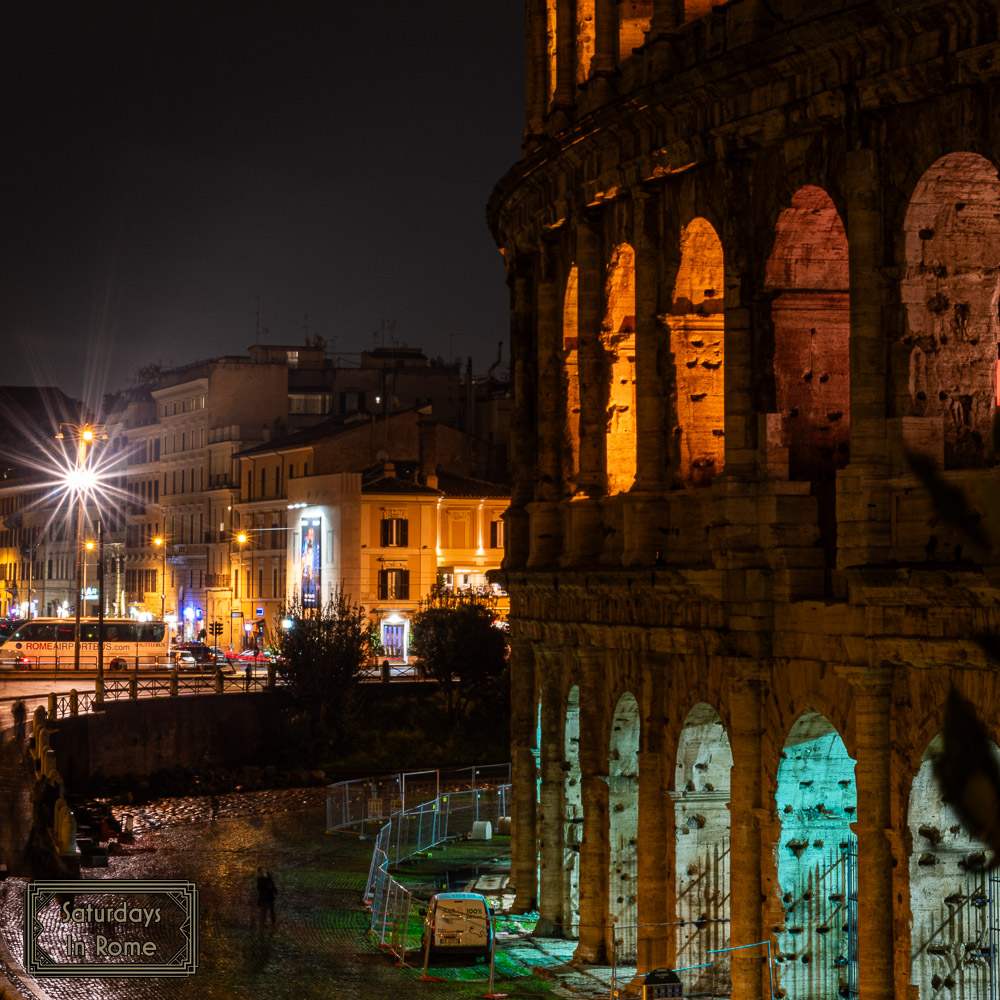
No trip to Rome is complete without a visit to the Colosseum. Towering over the heart of the Eternal City, this architectural marvel stands as a testament to Roman ingenuity, ambition, and enduring influence. As one of the most visited landmarks in the world, the Colosseum is more than just a ruin, it’s a living chronicle of nearly two thousand years of history.
Need Help Planning?
- Cheap Flights: Find The Most Affordable Flights.
- Accommodations: From 1 to 5 Stars And More.
- Car Rentals: Affordable Travel Across Italy.
- Sightseeing Tours: Explore Some Amazing Tours.
- Buying An eSIM: Stay Connected In Italy.
This post includes affiliate links.
Quick Facts Box
| Name: | The Colosseum (Flavian Amphitheatre) |
| Construction Began: | 70 AD |
| Completed: | 80 AD |
| Capacity: | 50,000–80,000 spectators |
| Height: | 48 meters (157 feet) |
| Shape: | Elliptical |
| Materials: | Travertine, tufa, concrete, brick |
| Original Purpose: | Public spectacles, gladiator games, executions |
| UNESCO World Heritage Site: | Yes |
It is also a testament to the importance of “Bread and Circus”, a term referring to the practice of appeasing the public with basic necessities, like food, (i.e. “bread”) and entertainment (i.e. circus) to distract them from larger issues and prevent political unrest. In this case, the emperors provided free entertainment in the Colosseum to the masses with the goal of maintaining peace at home with a content populus.
In this comprehensive guide, we explore everything you need to know about the Colosseum, from its fascinating history and architectural secrets to practical tips on visiting, choosing tours, and nearby hotels. We also link to detailed resources for those wanting to dive deeper into specific aspects of this monumental site.
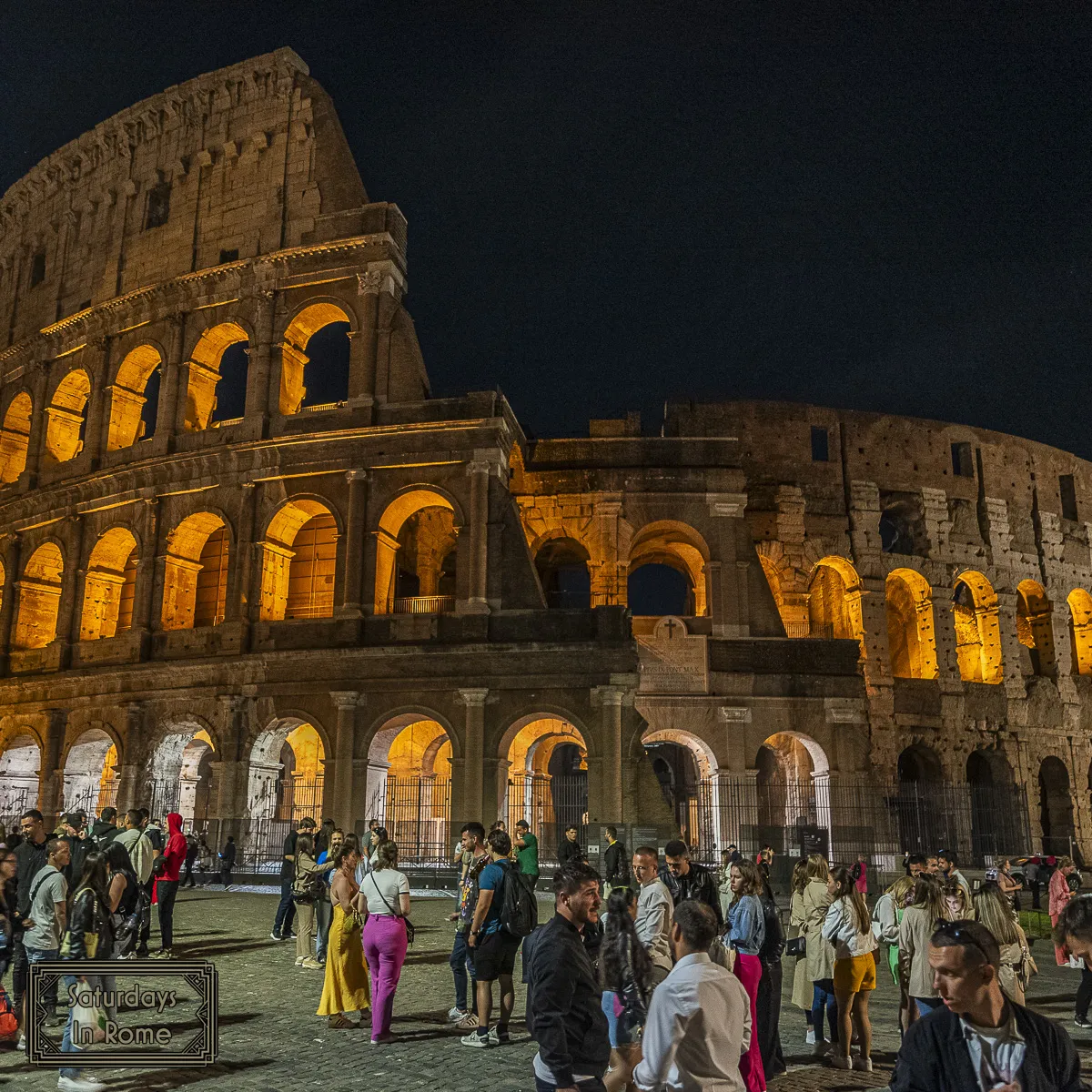
A Brief History Of The Colosseum
Commissioned by Emperor Vespasian of the Flavian dynasty around 70 AD, the Colosseum (then known as the Flavian Amphitheatre) was completed under his son Titus in 80 AD. The site was formerly a private lake belonging to Nero’s lavish Golden House complex, which Vespasian sought to erase as a symbol of imperial excess.
With a capacity of 50,000 to 80,000 spectators, the Colosseum hosted gladiator battles, animal hunts, mock naval battles, and public executions. These spectacles were a combination of state-sponsored entertainment and a demonstration of Roman power and control.

Over the centuries, the Colosseum saw many changes. In the medieval period, it was used as a fortress and later as a quarry for building materials. Despite damage from earthquakes and stone robbers, the structure remains one of Rome’s most enduring landmarks.
Explore more in our article: How Old Is The Colosseum? Find This Answer And More!
The Colosseum’s Design And Structure
The Colosseum’s design is both complex and remarkably efficient. Its elliptical shape spans approximately 189 meters long and 156 meters wide. It rises to a height of over 48 meters and features four levels of seating, organized by social class.
The arena floor originally covered a vast network of underground tunnels and rooms called the hypogeum, where animals and gladiators were held before being lifted to the surface via trap doors and elevators. The outer facade, composed of travertine blocks, is decorated with Doric, Ionic, and Corinthian columns.
Perhaps one of the most surprising facts is that the Colosseum once had a retractable awning—the velarium. This roof was made of a series of canvas sails that were attached to masts on the top of the amphitheater. The sails could be raised or lowered using a system of ropes and pulleys, providing shade for the spectators during hot summer days and protection from the rain during bad weather.
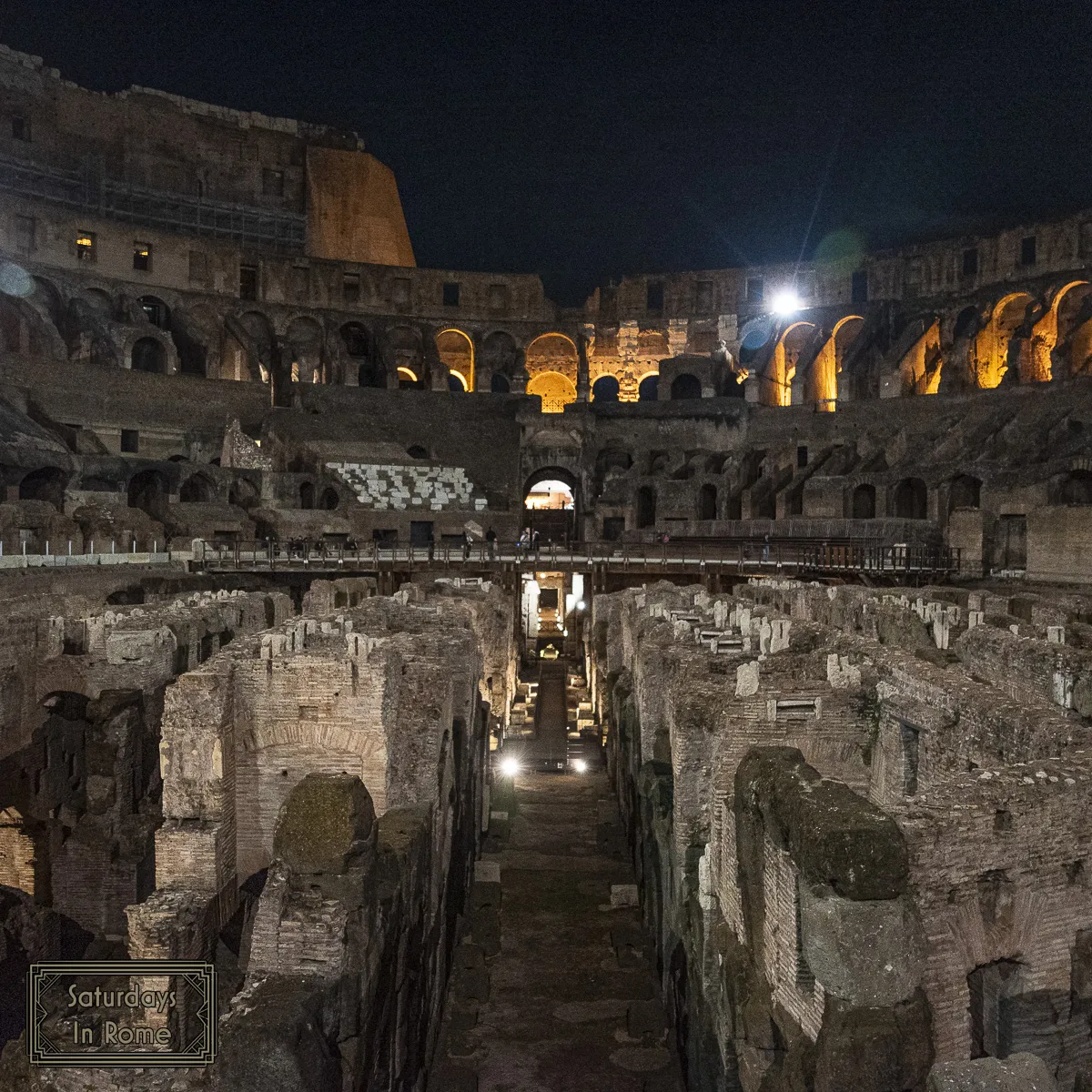
These canvas sails might be difficult to imagine when you see the Colosseum in person today, but recreations in movies and on TV include these sails for accuracy’s sake.
Discover more fascinating facts in: Did The Colosseum Have A Roof? (And Other Secrets)
A Stadium In Constant Change
Despite its age and the many disasters it has faced, the Colosseum continues to undergo restoration by what seem like almost continuous projects over the centuries. These efforts have been ongoing and show no sign of ending. Modern interventions aim to stabilize and preserve the monument while also enhancing visitor access.
One major challenge is maintaining a balance between preserving the structure and accommodating millions of annual visitors. Scaffolding is a familiar sight, and each section is carefully cleaned, reinforced, and monitored for structural integrity.
The Mussolini regime excavated the Colosseum’s underground levels, known at the Hypogeum. This can be viewed positively, but he also made arbitrary architectural changes that had no historical relevance.
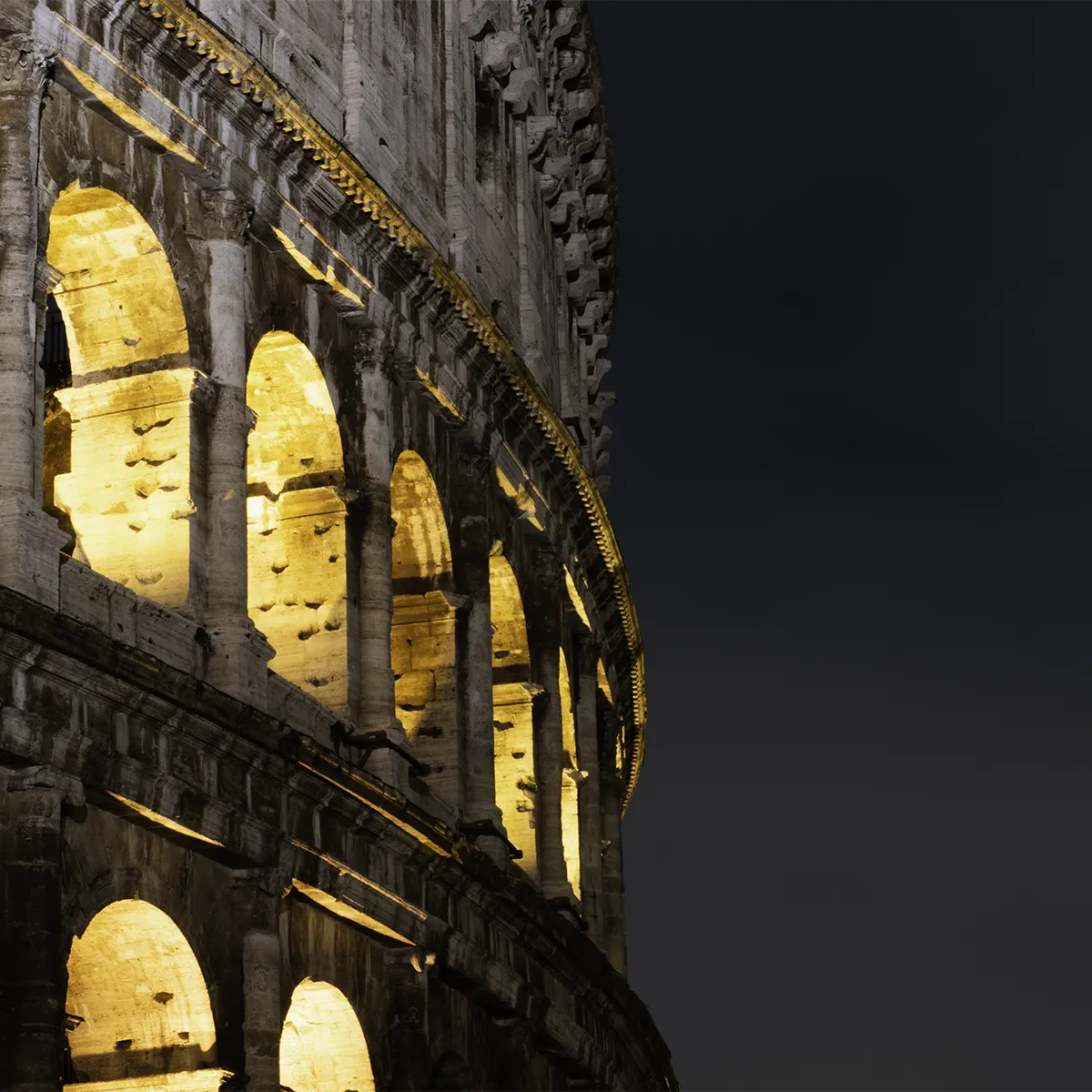
Private funding and corporate sponsorships, such as the significant investment from the Tod’s fashion group, have made major restoration campaigns possible. The first phase of this effort, started in 2016, was the restoration of the northern and southern facades (approximately 13,300 square meters) and the replacement of the actual locking system of arches with new gates.
The second phase, which began in 2018, under the supervision of the Institute Parco Archeologico del Colosseo, has focused on the Colosseum’s hypogea, which is the underground series of passages that would have been under the Colosseum floor.
Read more in: The Colosseum Restoration Will Never End In Rome
How To Experience The Colosseum Today
Visiting the Colosseum is more than just walking into a ruin, it’s stepping back in time with thousands of other people. A common Colosseum ticket typically also includes access to the Roman Forum and Palatine Hill that lasts for 24-hours, giving visitors a broader view of ancient Roman life, but the flexibility to fit it into their unique schedule.
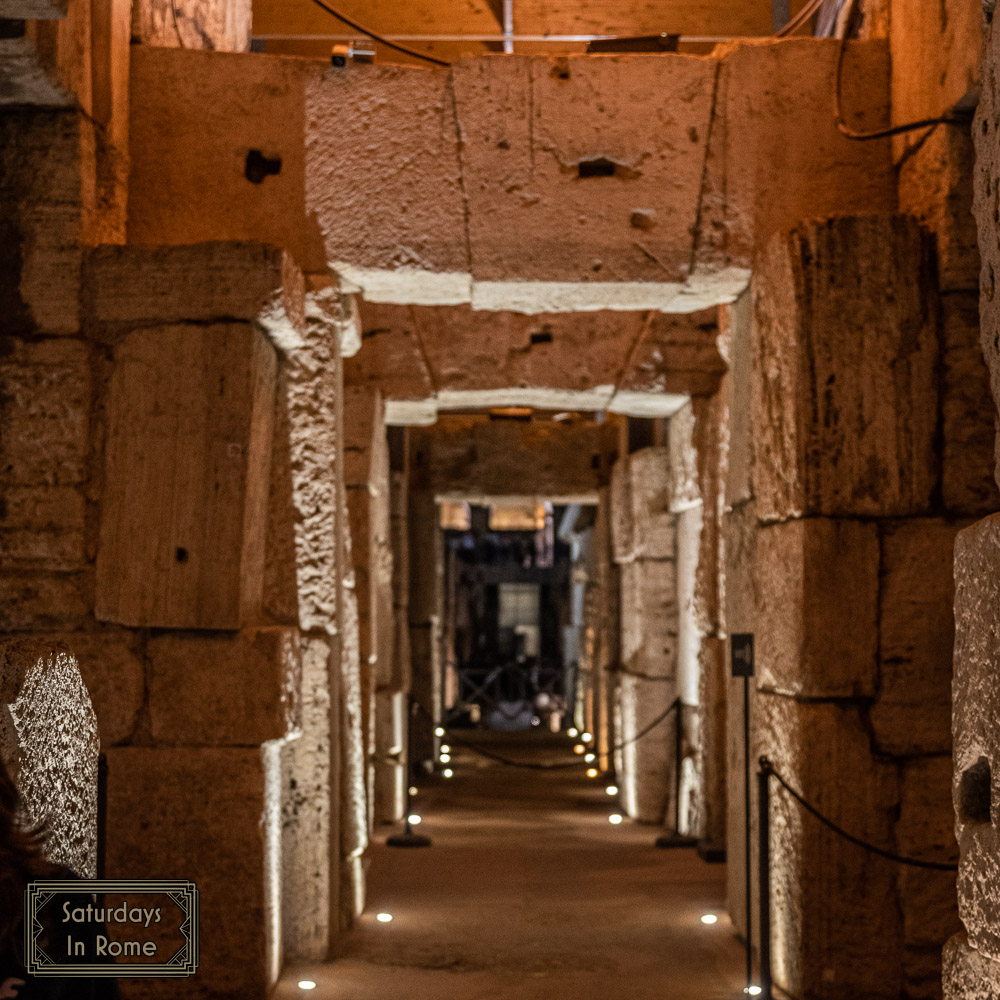
The types of tickets currently available for purchase:
- The Super Pass to Palatine Hill, the Roman Forum and the Imperial Forum, including additional sites within these parks. These are valid for one day and for 30 days from the purchase.
- The 24-Hour Pass allows you access to the parks over 24 hours, which can allow you to split it over two days.
- The Full Experience of the Colosseum, which includes everything above ground.
- The Full Experience and Underground of the Colosseum, which also brings you into the underground, for a more thorough experience.
- The Colosseum By Night is a Colosseum Night tour in the underground and arena. I’m very excited about this because I just bought my ticket.
Tips for visiting:
- Purchase tickets online to ensure availability and to skip the lines.
- The use of comfortable shoes is recommended.
- It is forbidden to bring: bottles, glass containers, alcoholic drinks and spray cans, camping backpacks, bulky bags and suitcases/trolleys
- Medium and small shoulder backpacks may be carried in, but they will be checked with the metal detector and x-ray.
Your complete ticket guide is here: How To Buy Colosseum Tickets – Your Complete Guide
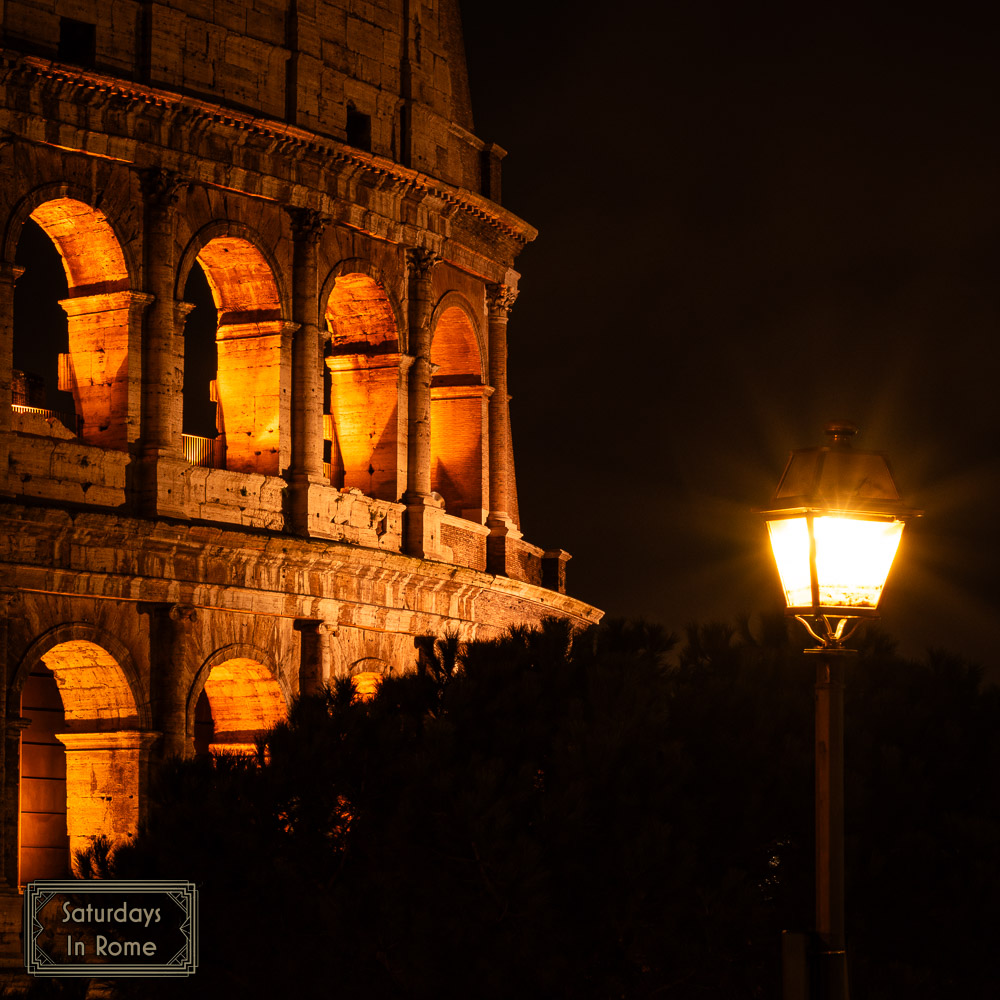
Best Colosseum Tours For Different Travelers
In addition to buying your own tickets for a self-guided tour, guided tours from various tour groups provide a richer context and sometimes access to otherwise restricted areas. Depending on your interests and travel companions, there are several tour options worth exploring.
If you are traveling with your family, here are a few things you will want to consider when making your travel plans:
- Plan Ahead – Tickets for the Colosseum go fast, so be sure to order them online once you know your travel schedule. I have a guide for Buying Tickets For The Colosseum, Palatine Hill And Roman Forum that I think will help.
- Don’t Underestimate The Summer Heat – This goes for the entire family because touring outdoors in the summer heat can be difficult, so be sure to bring water, a hat and wear loose clothing.
- Bring Identification For The Entire Family – Rome has now been putting the visitor’s names on the tickets to cut down on the abuses of the past, but you will need to bring your passports when you try to enter.
Booking a family-friendly tour can turn a visit into an educational adventure that entertains both kids and adults.
Check out our full list of recommendations: The Best Colosseum Tours For Families Coming To Rome
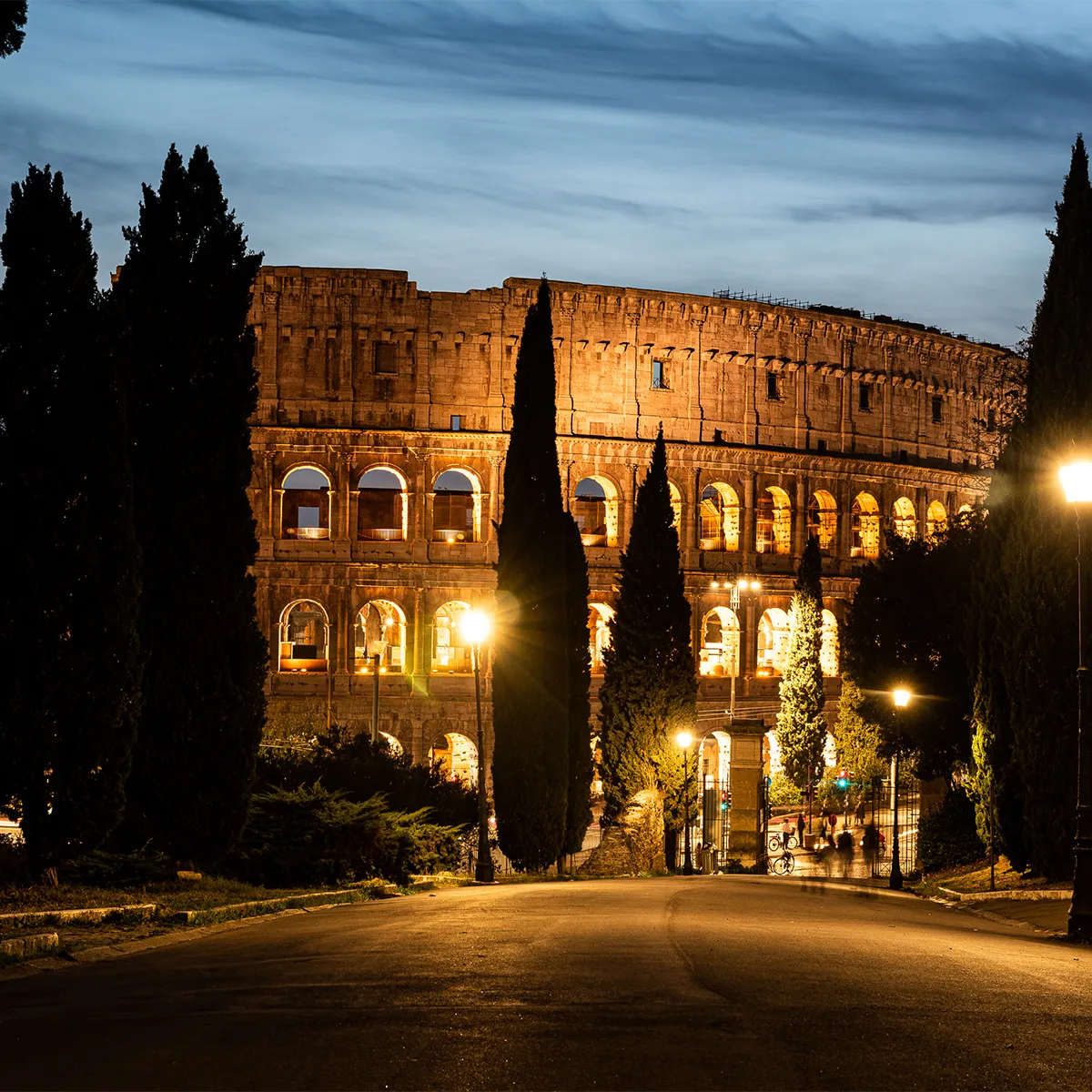
Visiting The Colosseum After Dark
Seeing the Colosseum at night is a uniquely breathtaking experience. With the crowds thinned and the structure illuminated, the atmosphere becomes almost magical. Night tours include access to the subterranean level (hypogeum), casting the ancient stones in dramatic shadows.
Even though the experience at night is very cool and certainly unique, the other reality is that this specific tour is very similar to the subterranean tours that you can take during the day. As someone who has taken both, I can say that they both offer a unique perspective on the Colosseum floor, and below. However, if time or money are a concern, you should pick only one. The overlap in experiences between these two tours shouldn’t be ignored.
Some advantages of a night tour:
- Smaller groups and cooler temperatures.
- Unique lighting creates amazing photo opportunities.
- A more intimate and mysterious perspective of the site.
Some advantages of a daytime tour:
- Better views with more details.
- More frequent tours, so availability is better.
Explore why this is a hidden gem: The Colosseum At Night Tour Is A Worthwhile Experience
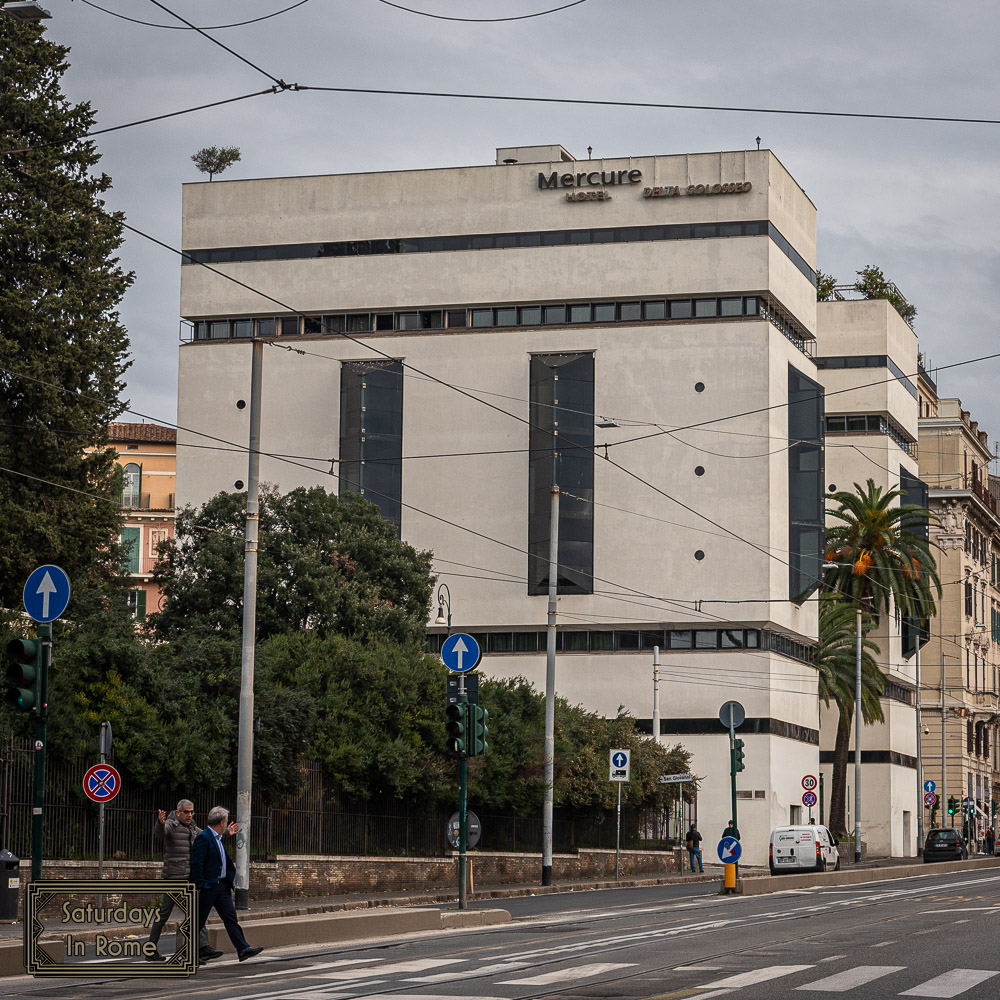
Where To Stay Near The Colosseum
Staying near the Colosseum offers both convenience and atmosphere. Wake up with a view of the ancient amphitheater or enjoy an evening stroll when the crowds have retreated for the day.
Recommended hotels:
For more options, see: Great Hotels Near The Roman Colosseum You Should Consider
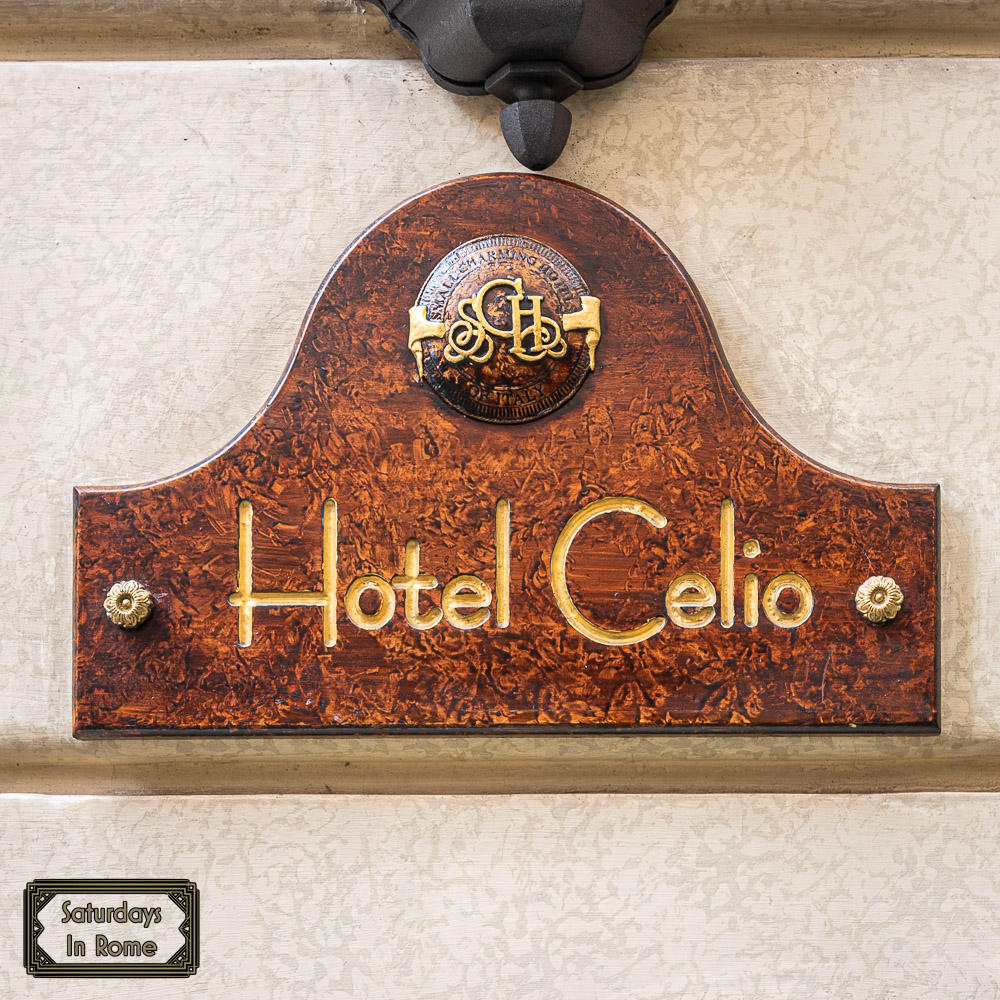
Final Thoughts And Fun Facts
The Colosseum remains a dramatic and living symbol of Rome’s past, surviving emperors, invasions, earthquakes and time itself. Whether you visit during the heat of a summer day or the calm of a fall evening, this ancient amphitheater offers a window into the greatness and complexity of Roman civilization.
“Did You Know?” Fun Facts
- The Colosseum had over 80 entrances. Much like today, the goal was to have the crowds enter and exit the stadium as quickly and easily as possible.
- It could be evacuated in under 10 minutes thanks to its efficient design. On a related note, there has been a long time mistranslation of the term: “Vomitorium”. It has nothing to do with eating too much, but does refer to a passageway designed to quickly and efficiently allow for large crowds of people to exit the space.
- The velarium was a giant awning that covered the Colosseum during Roman times.
- It was able to be flooded to stage mock sea battles, and although there is no historical proof that this ever happened, when these mock sea battles were added to the movie Gladiator II, they also added sharks.
- The hypogeum, which is the extensive underground network of tunnels, passageways and animal cages, had 80 vertical shafts powered by pulleys and manpower that could move animals as big as elephants and scenery to the Colosseum floor.
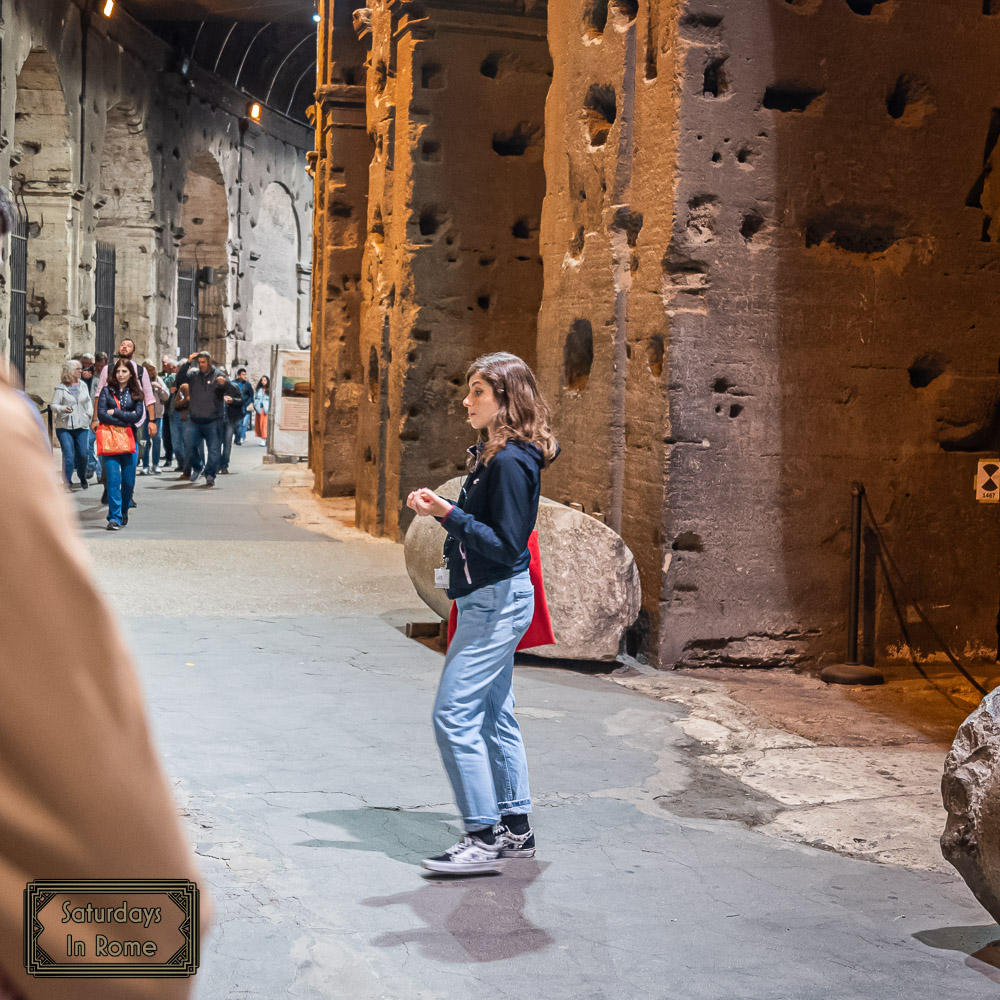
Colosseum + Roman Forum + Palatine Hill Map
Planning Your Visit To The Colosseum
I hope this guide provided a complete picture of the Colosseum and provided enough information on how to make the most of your visit. Whether you’re planning your first trip to Rome or returning to discover new perspectives, the Colosseum is sure to leave a lasting impression. For more details and travel planning help, check out these additional articles:
- Top Sites to See in Rome: Our Complete Guide.
- Exploring Rome Parks: A Guide to the City’s Greenspaces.
- Exploring The Great Churches of Rome One Altar At A Time.
- The Seven Pilgrim Churches Of Rome Are A Way To Connect.
- Understanding Rome’s Neighborhoods For The First Time Visitor.
- The Beautiful Rome Fountains You Must See On Your Next Visit.
- Egyptian Obelisks In Rome Need To Be On Your Itinerary.
- Modern Sites In Rome: Contemporary Sites Worth Visiting.
- Ancient Sites In Rome – Exploring the Most Important Sites.
- Beautiful Places In Rome, Italy That Shouldn’t Be Missed.
- Bad Tourist Behavior In Italy Needs To Be Avoided By All.
- The Colosseum Restoration Will Never End In Rome
- Did The Colosseum Have A Roof? (And Other Secrets)
- How To Buy Colosseum Tickets – Your Complete Guide
- How Old Is The Colosseum? Find This Answer And More!
- The Best Colosseum Tours For Families Coming To Rome
- Great Hotels Near The Roman Colosseum You Should Consider
- The Colosseum At Night Tour Is A Worthwhile Experience
- Why Is The Arch Of Constantine Important For Your Plans?
